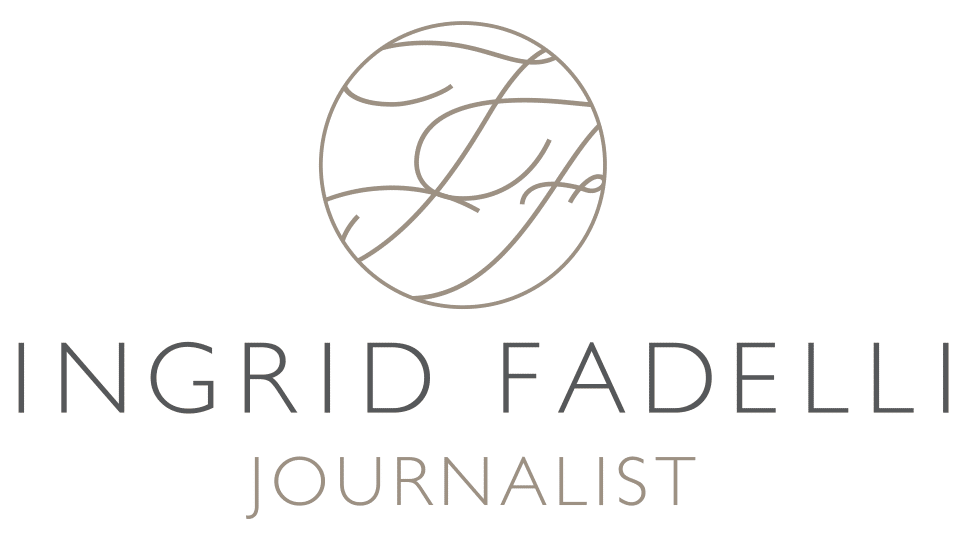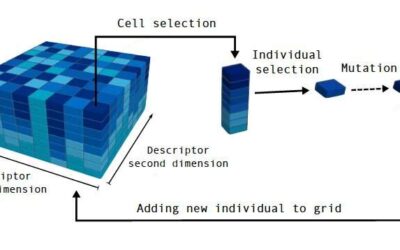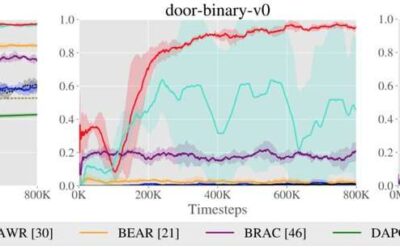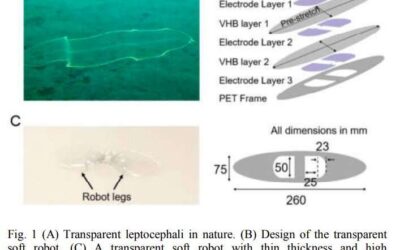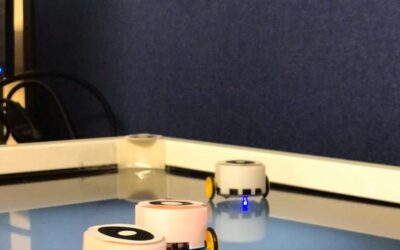Over the past few decades, research teams worldwide have developed a wide variety of computational tools and technological solutions. Quality-diversity (QD) optimization algorithms are an approach that can generate large collections of diverse and highly performing...
Machine learning & AI
An algorithm that merges online and offline reinforcement learning
In recent years, a growing number of researchers have been developing artificial neural network (ANN)- based models that can be trained using a technique known as reinforcement learning (RL). RL entails training artificial agents to solve a variety of tasks by giving...
A transparent artificial muscle to enable camouflaging in soft robots
The ability to become transparent is a considerable evolutionary advantage, as it allows animals to blend in with their environment, avoid predators and mask their movements. Robots with similar capabilities could be of great value for a number of applications, for...
A brain-inspired architecture for human gesture recognition
Researchers at Nanyang Technological University and University of Technology Sydney have recently developed a machine learning architecture that can recognize human gestures by analyzing images captured by stretchable strain sensors. The new architecture, presented in...
Using astrocytes to change the behavior of robots controlled by neuromorphic chips
Neurons, specialized cells that transmit nerve impulses, have long been known to be a vital element for the functioning of the human brain. Over the past century, however, neuroscience research has given rise to the false belief that neurons are the only cells that...
A system for swarm robotics applications inspired by pheromone communication in insects
Nature is one of the most valuable sources of inspiration for researchers developing new robots and computational techniques. Over the past few decades, technological advances have enabled the creation of increasingly sophisticated systems replicating naturally...
DIGIT: A high-resolution tactile sensor to enhance robot in-hand manipulation skills
To assist humans in completing manual chores or tasks, robots must efficiently grasp and manipulate objects in their surroundings. While in recent years robotics researchers have developed a growing number of techniques that allow robots to pick up and handle objects,...
An AI painter that creates portraits based on the traits of human subjects
Over the past decade or so, researchers have been developing increasingly advanced artificial intelligence (AI) systems for a wide range of applications. This includes computational techniques that can interact with humans, analyze large quantities of data, identify...
A hyperdimensional computing system that performs all core computations in-memory
Hyperdimensional computing (HDC) is an emerging computing approach inspired by patterns of neural activity in the human brain. This unique type of computing can allow artificial intelligence systems to retain memories and process new information based on data or...
A scheme to enhance how swarm robots search for multiple targets
Over the past decade or so, researchers have been trying to develop techniques that could enable effective collaborative strategies among teams of robots. One of the tasks that teams of robots could complete better than individual robots is simultaneously searching...
